We may already be halfway through August, but fortunately, it appears the anime season shares my overwhelming fear of death, and is dealing with that by denying the summer is ending altogether. I respect that, and will honor the season’s wishes by today placing all of the shows I’m watching in a reductive, nigh-meaningless hierarchy of Objective Worthiness. Unfortunately, it turns out I got tired of most shows’ shit even more efficiently than usual this season… so to pad out my list, I’ll also include the unlucky casualties of the first several weeks. Let’s run them down!
#1: Zankyou no Terror
Extraordinarily easy top pick this season – Zankyou is just miles away the best thing airing, and the only show aiming at that “instant classic” bracket occupied by shows like Ping Pong and Kyousogiga. Its aesthetic qualities are the easiest strengths to highlight, such as its wonderful shot framing, purposeful and arresting lighting design, and distinctive, well-used soundtrack. Zankyou looks truly filmic in a way few anime, even actual film anime, can match, and demonstrates an acuity of aesthetic control that’s just leagues past what we reasonably expect from shows. But Zankyou’s actual narrative is also no slouch – it’s using a classic crime thriller shell to explore questions of alienation and voicelessness in the modern world, illustrated through a collection of simultaneously relatable and understated characters. It’s essentially “Born to Run” reframed as a story about digital vigilantes and the nature of modern unrest, with its protagonists crying out against an institution that has forgotten them using the only language that institution seems to understand – violence. It’s a bold and heartfelt statement, and I’m excited to see where it goes.
#2: Hunter x Hunter 2011
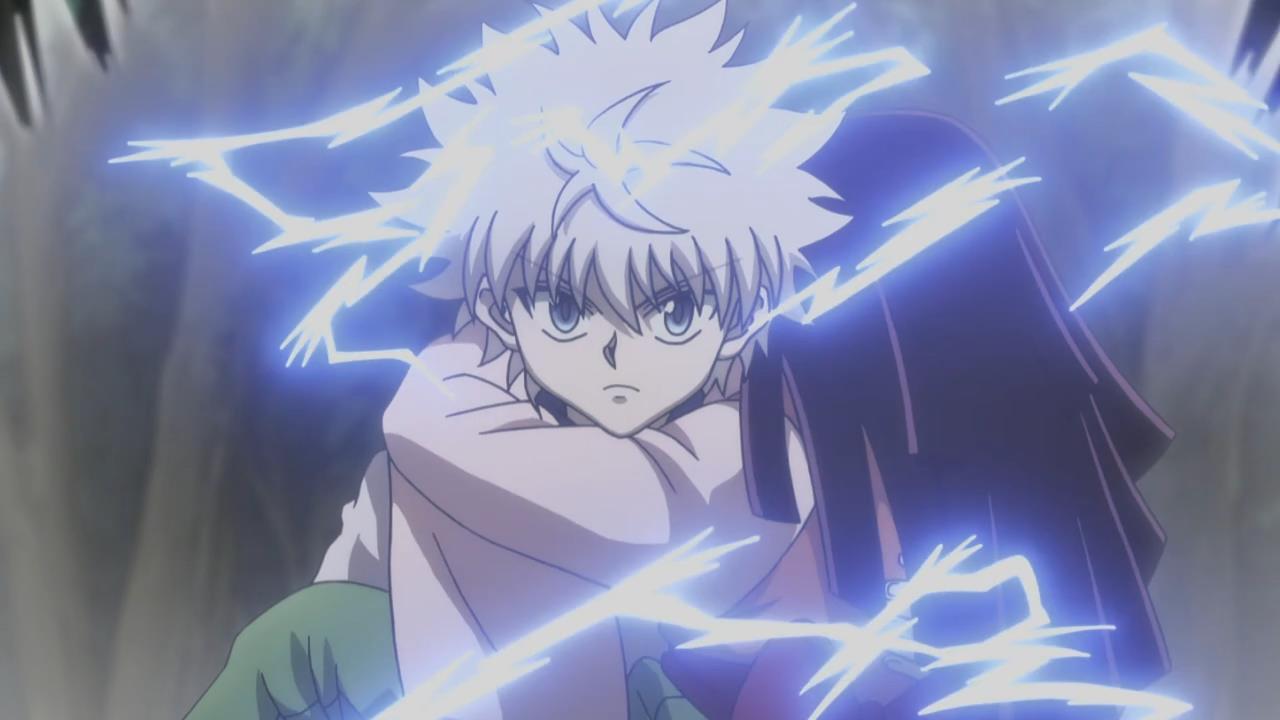
Hunter x Hunter has downshifted from “one of the greatest dramatic narratives in anime history” to “just a really goddamn fun adventure series,” and I’m perfectly okay with that. Each new episode of the Election arc seems to last for roughly three to four minutes, featuring a couple exciting highlights, likely some great silly faces, and then somehow disappearing as soon as you’ve sat down. This is pretty much classic Hunter x Hunter material – instead of being a traditional series of fights, it’s segmented into a variety of puzzle-conflicts, bouncing between the political games of the election and the assassin-maneuvering of Killua’s journey. It’s confident, nicely paced, and brimming with characters I’ve already developed some serious affection for. It’s about as high quality as comfort food can get.
#3: Barakamon
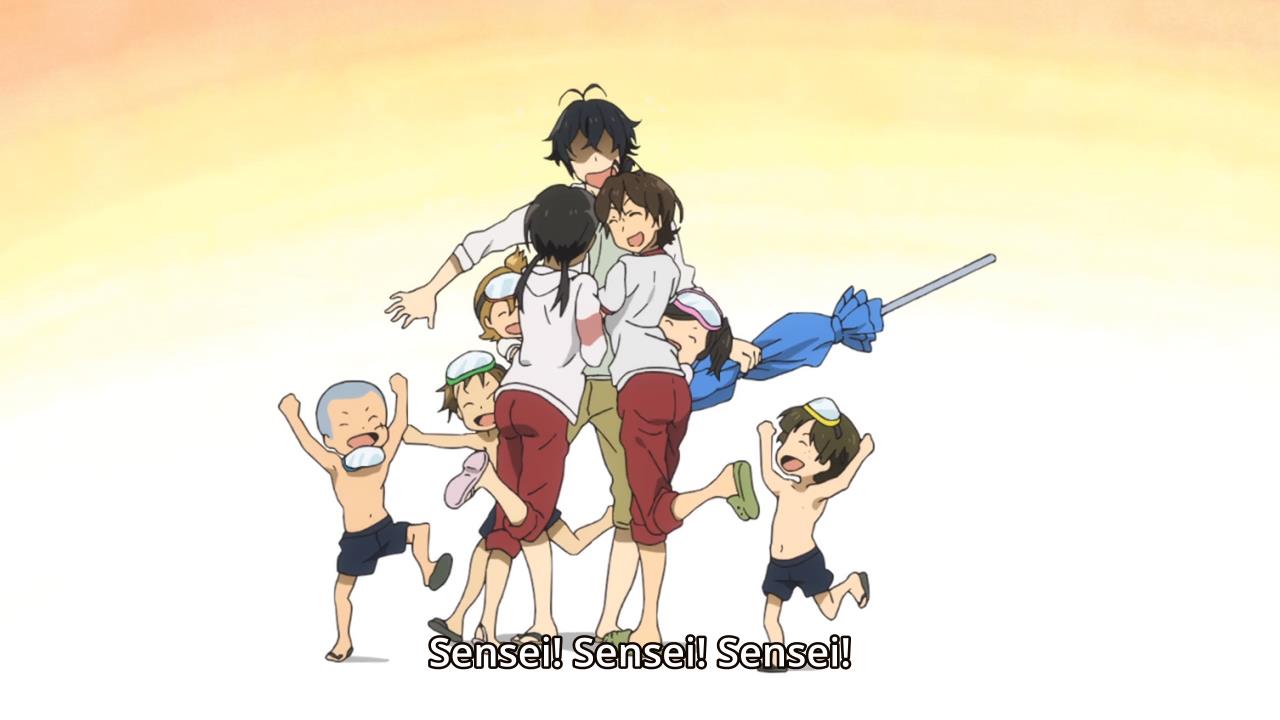
Considering Barakamon didn’t even show up on my season preview, I suppose it’s fair to say it’s the “surprise of the season.” Anime slice of life normally don’t appeal to me – they don’t actually imitate life, they sit within a single nostalgic frame, and their jokes often squeeze five minutes of running time out of one minute of humor. But Barakamon is a goddamn gem. Both its protagonists are stars – Sensei’s a well-illustrated and endearingly self-doubting actual adult, and Naru is a lovable and sharply observed actual child. There are occasional lazy jokes, but most of the humor emerges directly from the fundamental nature of the characters, and the various self-effacing reflections on the process of art creation and the “artistic temperament” add a welcome focus and flavor to the narrative. It’s an incredibly warm and likable show, one I’d recommend to just about anyone.
#4: Aldnoah.Zero
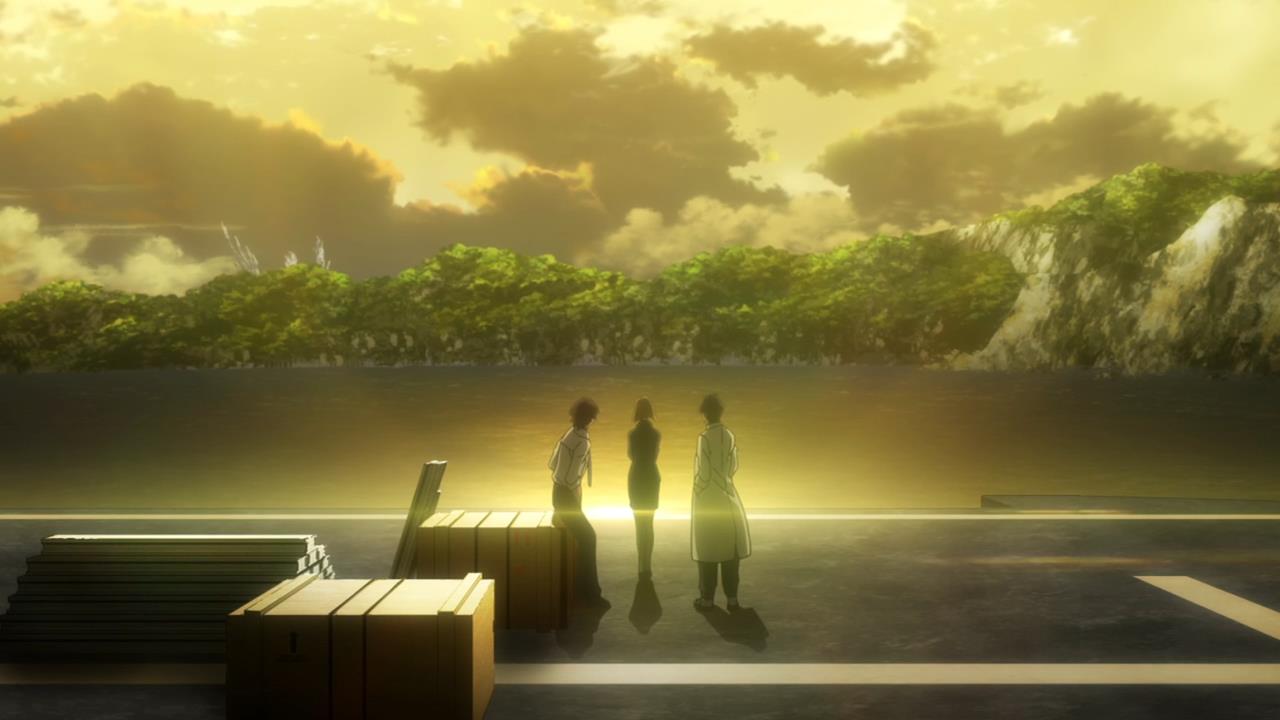
Contrary to my perhaps unjustified expectations, Aldnoah has unfortunately not summoned angels from the aether and redefined what it means to be a war story. Instead, it’s mainly been a viscerally enjoyable action series. It’s a little too beholden to monster-of-the-week mech fights, but it’s fortunately elevated by both its generally engaging execution of those fights and its reasonable character work and aesthetics. The cast bounces well off each other, and outside of the bombastic fight sequences, there’s often a nicely understated quality to its visual storytelling. There are also some ideas there, but they’re still kind of forming at this point – overall, neither the narrative nor themes are exactly racing forward, but they’ve still got three-quarters of a series to get there. It’s not really wowing me, but I’m enjoying every episode, and this seems like the kind of show that will hopefully build over time.
#5: JoJo’s Bizarre Adventure: Stardust Crusaders
Frankly, I kind of wish I were watching more shows, so I could demonstrate my disappointment with JoJo by placing it lower. JoJo has not been up to snuff this second season – it’s attempted to ameliorate its lack of actual narrative momentum with an uptick in ridiculous gags, and this is only somewhat pleasing to me. There are still highlights, of course – JoJo is never a bad show, and elements like Enyaba and Polnareff’s whirlwind romance, or Kakyoin’s need to convince his compatriots to kill a baby, keep JoJo from ever becoming truly disappointing. But there’s no denying it lacks both the propulsion and constant inventiveness of the first season – it’s now a collection of episodic, hit-or-miss shounen battles, and its inherent silliness can only carry it so far. I’ll certainly ride out this dry spell, but I’ll be very disappointed if Stardust Crusaders’ blunders mean we never get to see Stands truly come into their own.
#6: Sword Art Online II
Sword Art Online II has proven itself to be a far stranger experience than I thought it’d be. The first season was fairly simple – its characters were self-insert ciphers, its themes were counteracted by the actual events of the story, and its narrative was a wandering and tensionless mess. On top of that, it basically reduced all its non-Kirito characters to devices intended to make him look powerful, culminating in some absurdly awful, sexist bullshit. There was almost nothing good about it, and plenty that was terrible about it.
With season two, I’m finding the worst thing about this show is the previous show. Taken as a whole, they cannot work – the Kirito who’s currently grappling with crippling memories of his time in SAO is incompatible with the Kirito who triumphantly tortured his enemies in Alfheim. You just can’t engage with it that way.
And yet, the show is trying. Many of the first series’ issues are actually being addressed. The fights have more weight, the narrative is more focused, the (newly defined) characters have clear arcs, and the theme of the ambiguous validity of digital worlds is actually being explored, and even highlighted against the specific character arcs. Taken by itself, season two is certainly a far better show, in spite of the mediocre writing and still-present, still-debilitating Kirito-love.
It’s a weird thing to evaluate. It only really works if you divorce it from its predecessor. It’s still very flawed in all sorts of ways. But it’s also actually something I can talk about, and even enjoy as entertainment. It’s quite a step up!
Well, that covers everything I’m actually watching. I don’t really have informed opinions on anything else, but I suppose I can run them down anyway. Continuing!
#7: Gekkan Shoujo Nozaki-kun
Time Survived: 2.5 Episodes
Verdict: One of those comedies that, as I mentioned regarding Barakamon, seems to stretch thirty seconds of joke into five minutes of anime. I really don’t have anything against this one, but it’s definitely not for me.
#8: Tokyo Ghoul
Time Survived: 3 Episodes
Verdict: A fair enough camp-shounen thing with some light horror seasoning, but also not my thing.
#9: Glasslip
Time Survived: 2 Episodes
Verdict: A much worse NagiAsu that obligingly failed to trick me with misleading thematic hooks in the way NagiAsu did. Thank you for that, Glasslip!
#10: Sailor Moon Crystal
Time Survived: 1.2 Episodes
Verdict: The production of this seems really, really sterile, and considering how often I see people on twitter talking about the great direction of the original series, it seems silly to suffer through an inferior version.
#11: Tokyo ESP
Time Survived: 1.5 Episodes
Verdict: An action show with poor action and nothing else to speak of. Whoops!
#12: Akame ga Kill
Time Survived: 0.85 Episodes
Verdict: A mean, gross, tone-deaf shounen for boys who incinerate ants.
And that’s it for this season! Show’s over folks. See you all next time.

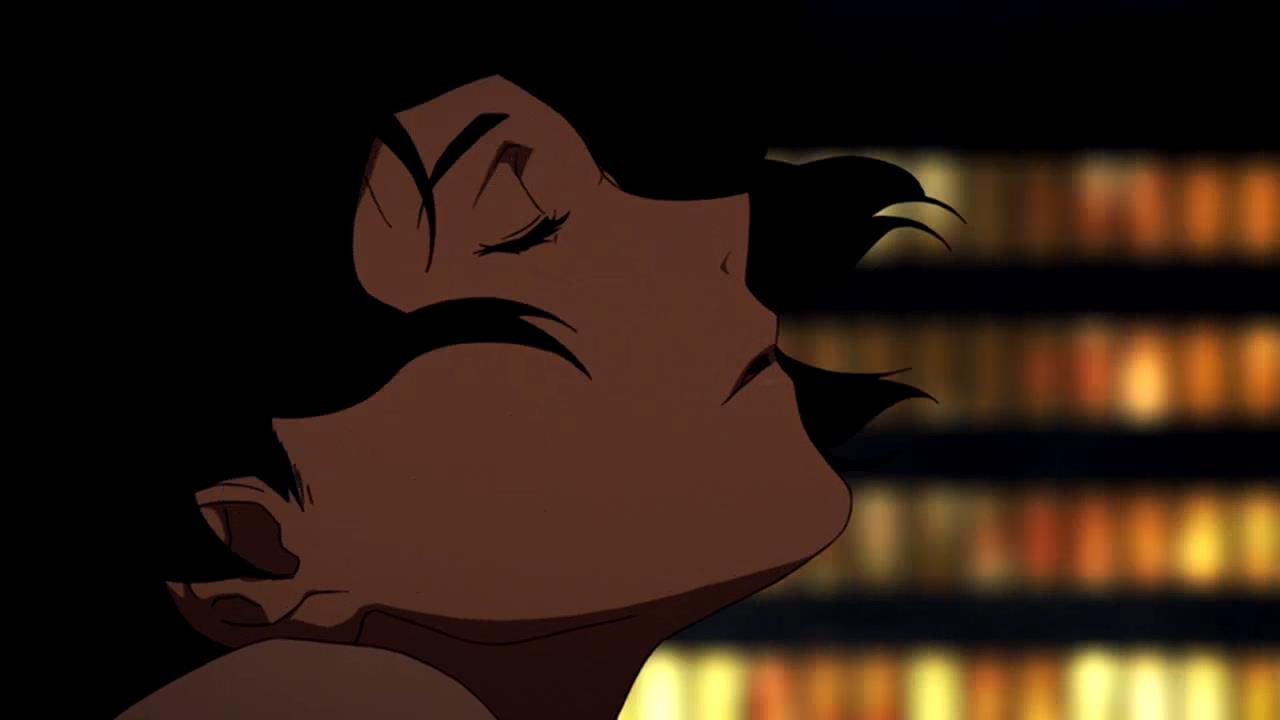
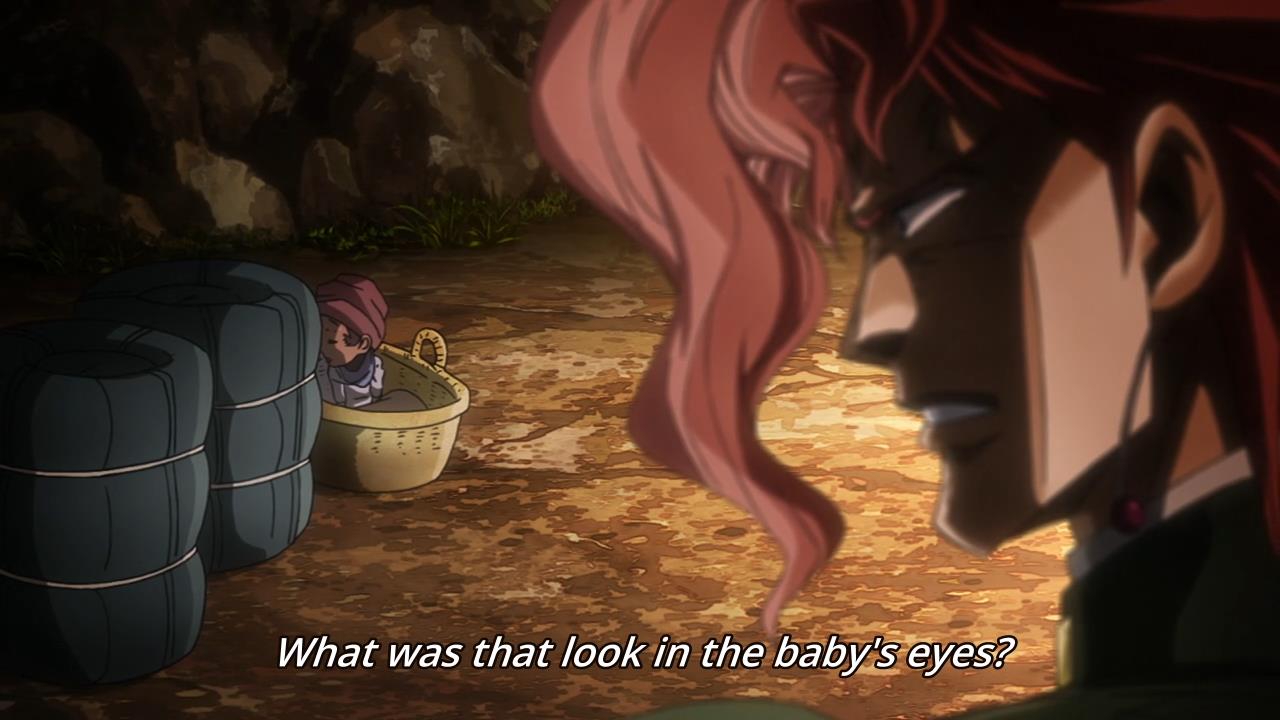
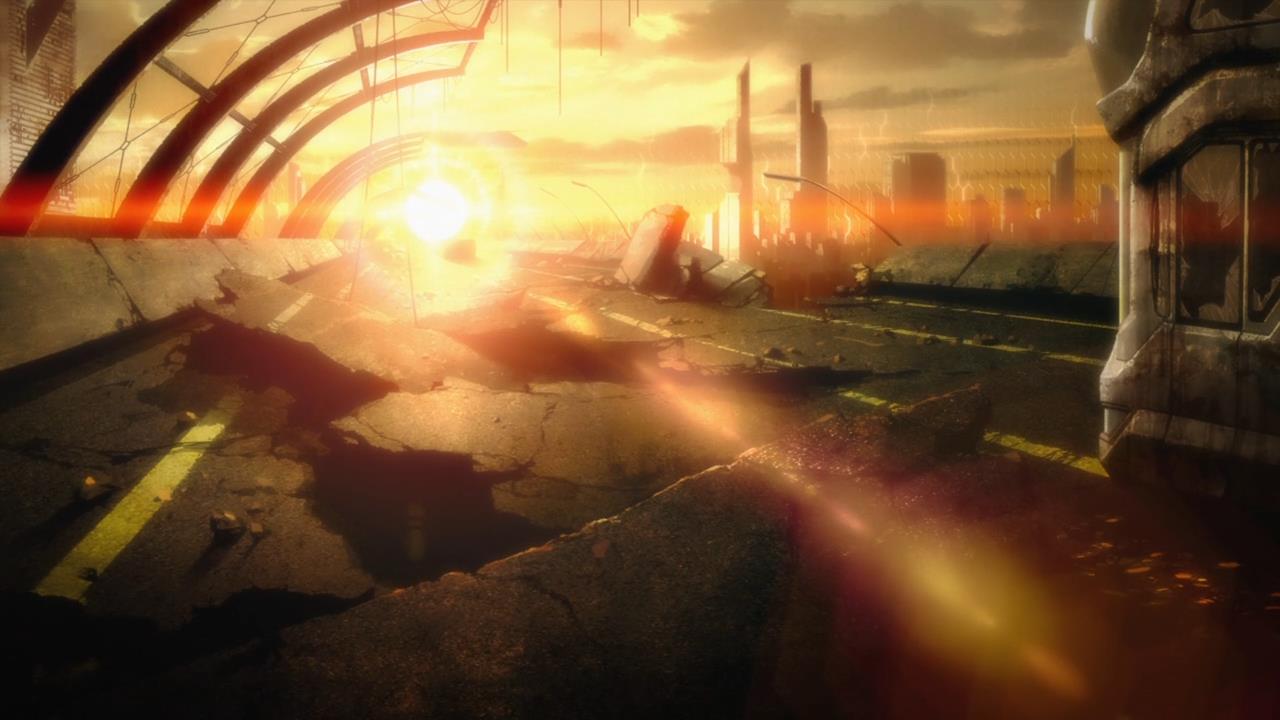
Only thing you really missed from Tokyo Ghoul was Miyano being Miyano.
He was the only thing keeping me going for a bit. I’d rather just watch compilations videos like this instead of the whole show with bland MCs.
HAR~MO~NY!
I think I’m in love. Too bad I dropped it :/
Really glad you’ve started(?) doing those timestamp write-ups for Zankyo, I remember the ones you did for Crowds and Kyousogiga really highlighted just how well composed those series were artwise and I honestly felt like I learned something just from seeing all of those examples week after week, bring on the Watanabe installment of “Learning How to Compose Anime and Talk About It”!
Glad you’re enjoying them!
That ranking isn’t far off my own. Zankyou’s been great though I share some concerns about the latest episode’s sudden reduction of the boy’s and the worry of a one-dimensional villainess in Five. I’m enjoying seeing this side of Hunter x Hunter after the long-winded dark tunnel of CA. Barakamon is a solid source of character driven humour, everything else it offers is extra afaik.
I find it hard to engage with the characters in Aldnoah.Zero in all honesty. The Vars antagonism/conflict feels rather shallow and the timeline bereft of any real depth. Good fun though.
Haven’t been keeping up with Jojos after learning of its year long run. I’ll probably marathon some later down the track. Space Dandy has seen a slight improvement this season, though perhaps I’ve just finally managed my low expectations for its writing.
Tokyo Ghoul was a complete disappointment of the season for me. Psycho-Pass EX is schooling just about everything.
What’s Psycho Pass EX involve? I haven’t bothered watching it as I heard it was a remastered version of the original anime (which I enjoyed, mind, but not enough to rewatch with more prettyness).
Basically one hour episodes that meld two episodes of the original run together with a extra soliloquies (Makashima mostly) usually at the beginning, middle or both. They supposedly added extra stuff in episode one which irons out the “condescension/sexism” people sensed from the other characters towards Akane. They haven’t reached that notorious episode 17 with the bad visuals yet – so I can’t say how much they’ve prettied it up since I last saw it a good year and a half ago. I wouldn’t say it’s a necessary watch, but I felt it was due for a rewatch anyway.
Space Dandy I’m pretty happy to just pick and choose the best episodes of – it’s actually kind of nice that they’re sort of defined by their creators, so I can just check in on the directors I’m interested in. And I’m not sure I’d recommend marathoning this JoJo – it’s much more episodic than the previous season, so I don’t know if marathoning would help with momentum.
AO HARU RIDE
Ehhhh.
Well, except Haikyuubeing in my top 5, and some of your dropped show being higher, I pretty much agree with what you put.
Haikyuu is “just” an extremely well made Sport Show, but it get me every time. It’s animation is pretty great all around, and the cast is really likable, and have great chemistry.
Zankiou no Terror have grown on me over time, and despite a slow bginning is one of my favourite.
However, my enjoyment is somewhat tainted by the fact I’m also following Hamatora. (Mainly for the theme naming thing. Especially this episode, with Five’s “Getchu”.)
I hope that the blogger will give Haikyuu a shot – one doesn’t have to be a sports anime fan at all to enjoy this.
Yeah, everyone seems to like Haikyuu. Maybe I’ll check it out some time down the line.
Well, comedy works or it doesn’t, so I can only be sorry that you didn’t enjoy Nozaki-kun much. For me it’s a blast (you might want to give a peek at episode 4 just for the hell of it, as it was definitely the funniest one yet) – the meta comedy is funny, the subversion of stereotypes (especially gender ones) hilariously omnipresent, and I enjoy for once an anime show where all in all boys and girls seem to act towards each other with normalcy – no awkward blushing every 5 seconds and the likes. It has a bit of that “stretch and explain the joke” thing that seems a staple of anime comedy, yes – I suppose anime will never be funny to me in the same way as, say, Futurama is funny. I’ve kinda taken to roll with it, in a way. It’s a different way of doing comedy but for me once you get into the language it isn’t necessarily bad – accepting it makes a big difference into not feeling one’s own intelligence insulted by the compelling need the show has to explain its own jokes!
I definitely agree about Nozaki-kun. It’s trope subversion is fantastic, and it seems to boarder on parody. It’s really a great show, shame he doesn’t like it.
What is with the “explaining its own jokes” thing? I guess… that’s just how jokes are formatted in Japan? It’s so strange – I feel like one of the axis on which you can “sharpen” jokes in English is to make them less and less self-explanatory, so they require more and more inference. Weird to see the opposite situation in Japanese comedy.
Anyway, that’s not a knock on Nozaki-kun. As I said, it seems fine, it just doesn’t work for me.
IKR? Seems to me it’s somewhat the equivalent of american sit-coms having a laughing track to underline the moment a joke is made – I suppose it’s a method to bring the viewer in, to make him feel less ‘awkward’ at laughing alone in front of the screen. It seems to me that most people who accuse anime comedies of being dumb miss on this fact – that what we perceive as dumbness (since of course explaining the jokes takes the wit down a notch!) is a perfectly intentional way to present the comedy itself. It’s just odd for our culture, but then again, it seems to me that the Japanese culture is in general more rooted in traditional, formulaic literary forms – like with theatre, the viewer is often supposed to be perfectly aware of being watching a show, “mimesis” isn’t a concern in the least. Stories are stylized abstractions of fixed archetypes, NOT imitations of reality.
I really, REALLY, hope that Jojo part 4 gets animated. It’s when stands truly come into their own.
Yeah, so I’ve heard. It’ll be a shame if not – this adaptation’s really milking the material, but it’s still a good adaptation.
Honestly, stands are the best and worst thing to happen to JoJo, really. They DO get more interesting later on (as stated above, especially in part 4), and while the series never becomes flat out terrible/unwatchable (I personally found part 5 kinda bland, but I’m way, way in the minority on that one), the narrative pacing does unfortunately suffer a huge blow a result. Never really reaches the high that was Battle Tendency again, at least in that regard.
PS I’m not trying to scare you off or anything, just figured you should be warned, ha ha.
Steel Ball Run gets close at parts, imo (especially during the race sequences); almost all the enemies actually feel like challenges that help the heroes grow in some way, for one thing.
As for part 5, it’s a pretty common view. A large part of it has to do with the translation being bad and sucking the personality out of it, or so I’ve been told by a japanese-speaking friend.
Aw, it never pulls off that Battle Tendency momentum again? That’s a shame to hear – one of the best things about JoJo was that it was basically the shounen version of Indiana Jones.
I don’t really disagree about Nozaki-kun stretching it’s jokes, but I still think it’s very funny and clever. The ‘Tomoda’ scene in episode 4 is pure genius, especially if you know anything about Visual Novels. Even if I wasn’t enjoying it, I’d probably still tune in every week to listen to that OP. Easily my favourite of the season.
Not entirely sure how I feel about Zankyou. I’m kind of tsundere towards it, in that there’s a part of me that rails on it because I think it’s over-rated, but then blushes at it and quietly stammers about how that motorcycle scene was really cool and uplifting. It’s trending up for me though, episodes 4/5 are easily the best so far. Also really well-directed.
I feel like this is the best season so far this year, but I also dropped a lot of shows very early on, so it probably just feels better because I’m not still wading through all the filth out there. I’ll probably adopt that approach more often…
The Nozaki-kun OP is fantastic, I certainly won’t deny that. And I can also see why people would have problems with Zankyou – its plot is very close to nonsense, and really just serves as a vehicle for the other stuff it’s doing.
I agree with most of what you say here, even though what we’re watching is pretty different. I think you’re honestly being too generous with Jojo though, it’s gotten downright boring in recent episodes.
I’m really glad that you’re enjoying Barakamon, and I hope it helps you expand your horizons a little since you said it’s the kind of show you don’t normally watch. You’re definitely right to point out that it’s unusually realistic for a slice-of-life, especially the way it depicts kids. Did you know the kids in the show are voiced by actual children?
Also, hoping as you are that Aldnoah pays off.
Yeah, I’d heard that about Barakamon’s kids, and it’s definitely a great choice. Honestly, I probably would be into slice-of-life if it were more like Barakamon – I don’t have any interest in stuff like K-On, but I’d love to see more stuff like Barakamon, Usagi Drop, or Yotsuba. Or, like, Uchouten Kazoku, which I think nails a lot of what I’d theoretically appreciate in a slice-of-life.
Pingback: Sword Art Online II – Episode 7 | Wrong Every Time
Hanayamata is great this season. I love its OP too.
Sabagebu is a well executed comedy, although it doesn’t go further.